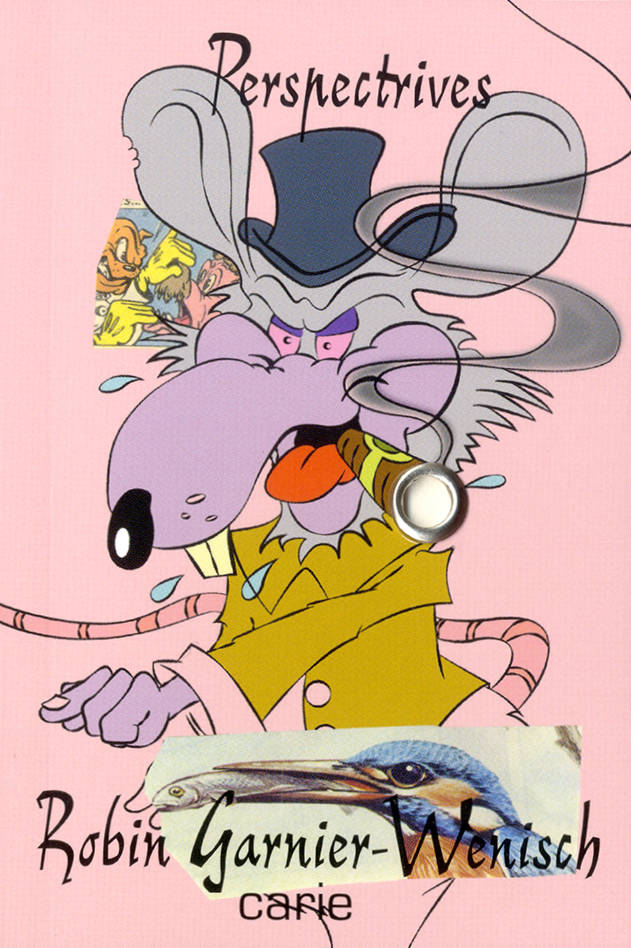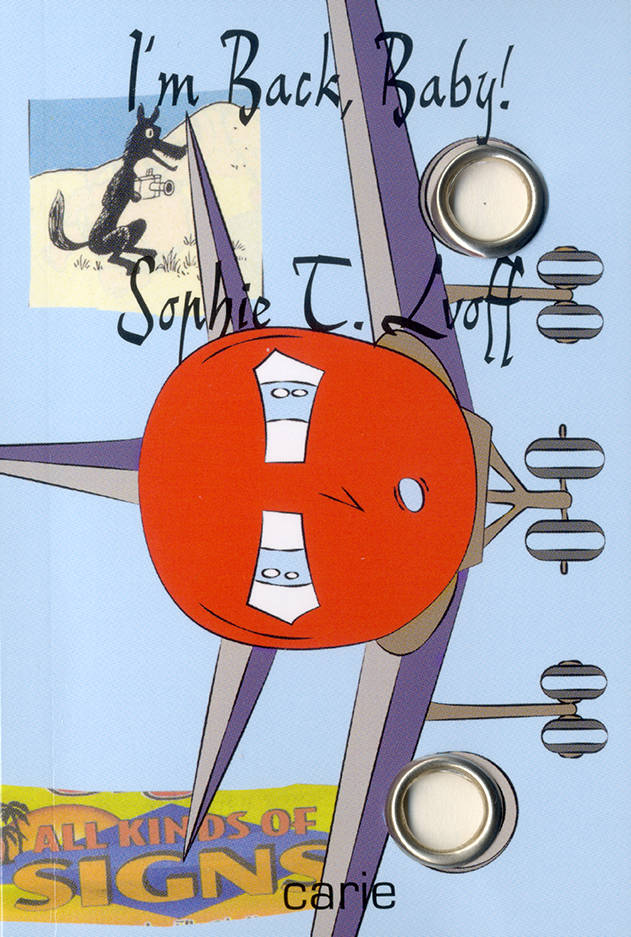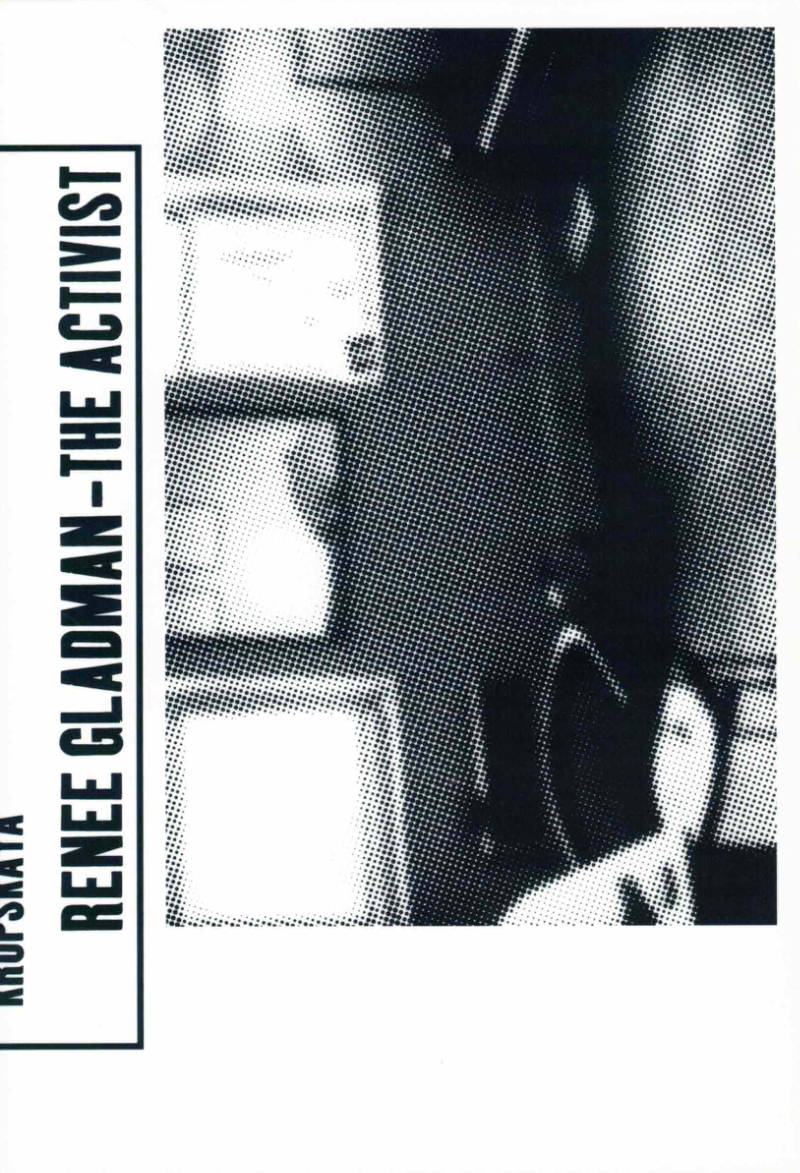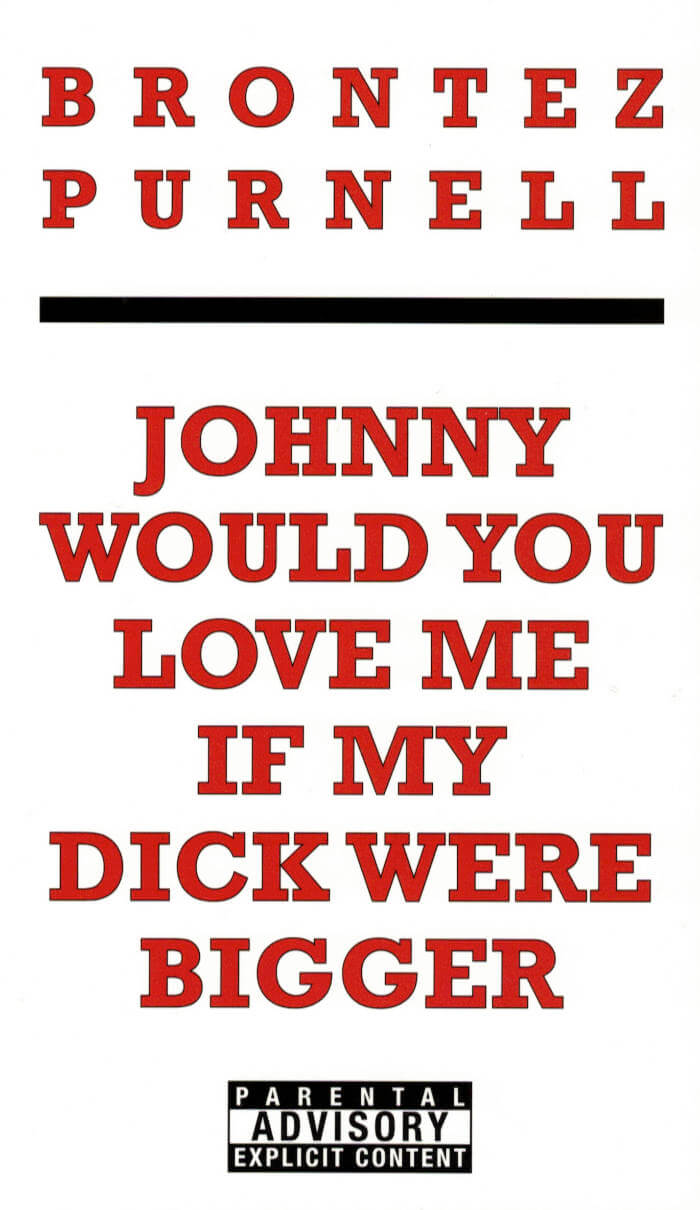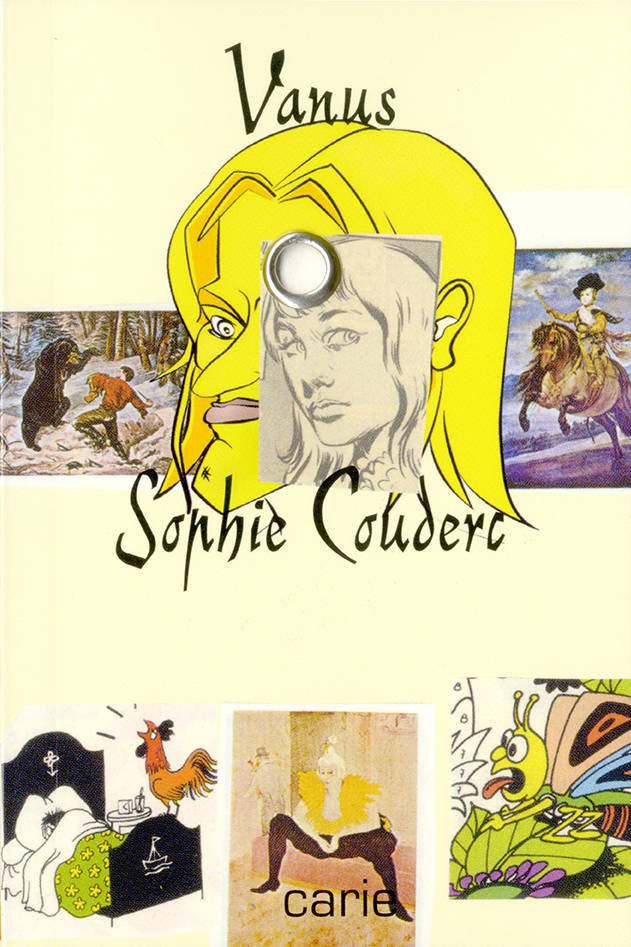
Vanus
Vanus übermann des villes, le roi de la ville, le roi du monde, se fait des odes à lui-même et met ses chaussettes dans la pâte à pain. Sophie Couderc raconte quelques-unes de ses péripéties.
Vanus übermann of the cities, the king of the city, the king of the world, writes odes to himself and puts his socks in bread dough. Sophie Couderc recounts some of his adventures.
Je jette le matelas dehors, il rebondit sur trois cons et tombe dans une grosse flaque de jus de rue. Ok, pas mal mais il m’en faut plus. (Vanus)
Carie, comme le trou qu’on bouche au plomb, est une collection de textes courts et moyens qui se glissent dans la poche. Chaque livre (la dent) de la collection (la bouche) est troué (la carie) et cerclé d’un œillet métallique (le plombage).
Carie, like the hole filled with lead, is a collection of short and medium-length texts that slip into the pocket. Each book (the tooth) in the collection (the mouth) is holed (the cavity) and circled with a metal eyelet (the filling).

